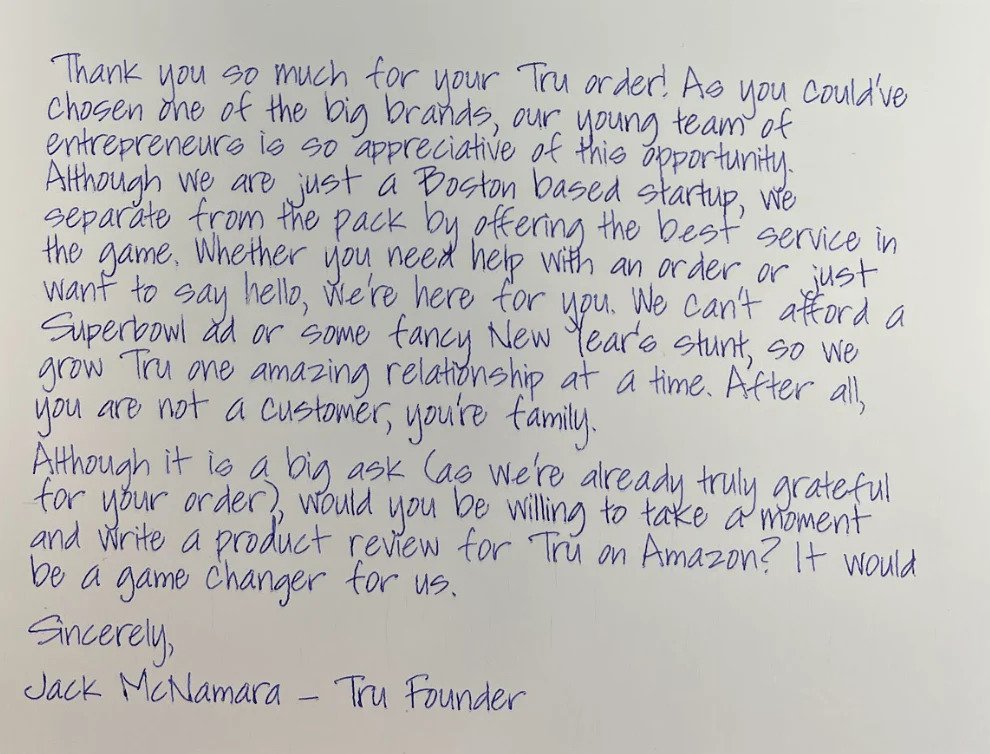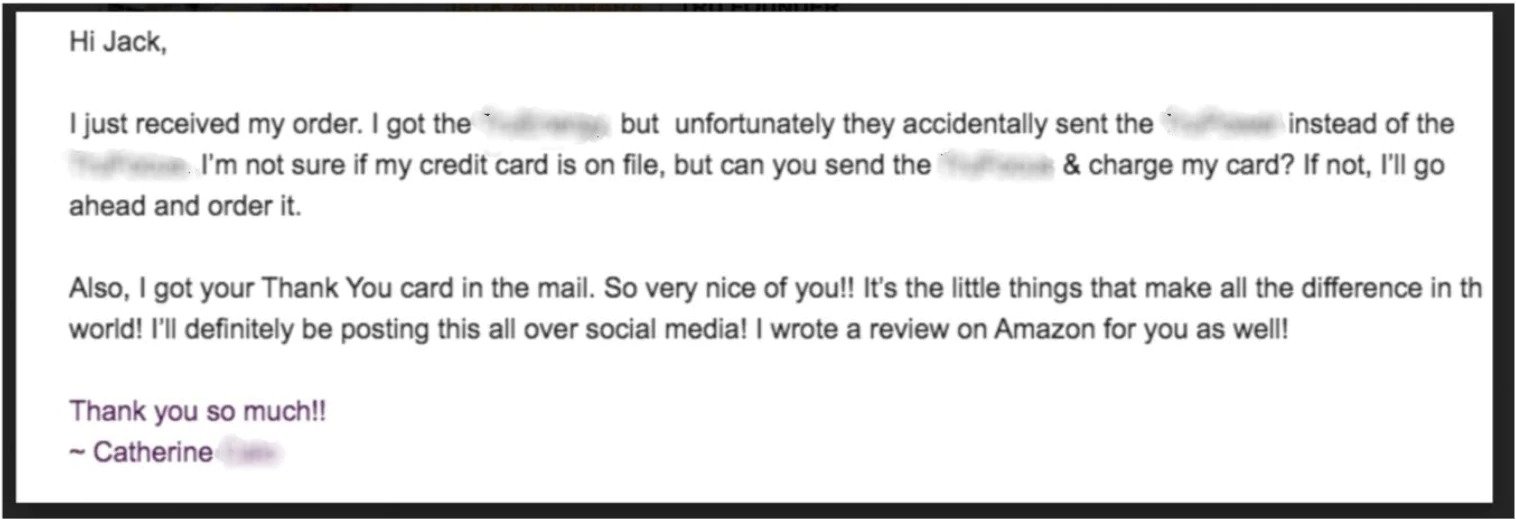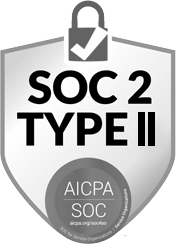November 2, 2023
In a digital world where every brand is fighting for attention, it’s crucial to find unique ways to reach your customers. It should be no surprise that direct mail is making a big comeback in retail marketing. It’s easier than ever to use thanks to tools that automate and track direct mail campaigns just like emails.
Mixing direct mail with your digital efforts can be a game-changer. It reaches out to those who’ve stopped following your digital channels, encourages repeat business, and helps you stand out. But if you’re new to this, it can seem a bit overwhelming. Don’t worry! We’ve talked to experts, gathered success stories, and put together some top tips to help you make the most of direct mail.
What Exactly is Direct Mail?
Direct mail is when you send physical marketing stuff – like postcards, catalogs, and even handwritten notes – through the post. It used to be more of a brick-and-mortar store thing, but now, with our online and offline worlds merging, it’s also driving online sales.
“In this world of digital overload, direct mail is having a resurgence. Digital ads and emails are fleeting, often ignored or forgotten in an instant. More and more brands are turning to direct mail to reach and engage their customers and prospects in a memorable way, and often for less than the cost of a click.”
Michael Epstein co-founder and co-CEO, PostPilot
About half the people who get direct mail really look at it. They tend to buy and spend 28% more than those who don’t receive direct mail.
Is Direct Mail Still Relevant for Retail?
In 2022, direct mail was a significant part of local advertising in Canada and it’s expected to keep growing.
Besides a good return on investment, direct mail has lots of other benefits. Its open rates can hit up to 90%, and its response rates are way better than other advertising channels.
“A typical person gets bombarded with over 120 emails and thousands of digital ads every day. Mail stands out since there’s less competition in your physical mailbox.”
Arian Radmand, CEO of IgnitePOST
Interestingly, millennials like getting mail – 75% of them say it feels special. Compare that to 37% who think they get too many marketing emails.
Direct mail sticks around in people’s homes, too – on average, for 17 days. And more than half of consumers actually want mail from brands they like.
Here’s a cool example: A company sent the wrong product to a customer. But a handwritten apology note impressed the customer so much that they left a positive review and even shared the brand on social media.


With the rising costs of finding customers online, direct mail is a smart way to use your customer data to cut costs and increase customer loyalty.
“With automated direct mail, brands see more people turning into customers and keep them coming back,” Epstein adds.
5 Ways Retailers Are Winning with Direct Mail
- Re-engage previously loyal customers who were at risk of being lost.
- Winning back customers who haven’t shopped in a while.
- Sending special handwritten cards to big-time customers.
- Targeting repeat customers who’ve stopped opening emails.
- Reaching out to people who signed up for emails but didn’t buy anything.
Direct Mail Best Practices
Combine Direct Mail with Online Campaigns
Use the same strategy for your direct mail as you do online. Mixing digital and direct mail works better, as it doesn’t confuse customers and helps sell more. Karl White from Mailjoy says that using both can increase website visits and sales.
Pay Attention to Design, Content, and Layout
Your direct mail should clearly show what your brand is about. It should have your logo, a clear message, nice pictures, and a clear next step for the customer, like a website link or QR code. Include a special offer too, like a discount or a free gift.
- Keep Design Simple: Use big headlines, images, and avoid too much text. A simple design can often work best.
- Add Special Offers: Give something like a discount or free shipping. For example, a campaign with a 15% off deal could turn a small investment into a big profit.
- Clear Call to Action: Tell people exactly what to do, like visiting a special website to get a deal.
- Add Customer Reviews: Put in a short good review from a customer.
- State Offer Terms Clearly: If there’s a special deal, explain the details clearly.
- Include FAQs: If you have space, answer common customer questions.
- Put Contact Info and Social Media: Make it easy for people to get in touch with you or follow you online.
Personalize Your Direct Mail
Putting the recipient’s name or something personal can really increase responses.
Use Direct Mail for Personal Connections
Send things like thank you notes or birthday cards. This makes customers feel special and can be mixed with other types of mail.
Timing and Type of Campaign
Choose the right kind of direct mail for the situation. For example, use them for specific events, new products, or to get feedback. Start with customers you already have before trying to reach new ones.
Mailing List Quality Matters
A good mailing list is important. Lists of recent customers work best. Work with a reputable company to update and maintain your customer database.
These are straightforward ways to make your direct mail marketing successful. They focus on combining digital and direct mail, keeping designs simple yet effective, personalizing your mail, and ensuring you’re reaching out to the right people at the right time.
Simple Guide to Direct Mail Campaigns
Choose the Best Time for Your Campaign
- Just like online ads, pick the right moment to send direct mail. Match your mail to events, product launches, or special days.
- Start with campaigns aimed at customers you already have. It’s usually not effective to send mail to just anyone. Begin with those more likely to buy, then gradually reach out to others.
Types of Direct Mail Campaigns to Try
- Big Events and New Products
- Use mail for big sales or introducing new items. This is great all year, but especially when online ads are everywhere, like during holidays.
- Mail costs stay the same, so it’s a steady way to reach people.
- Automatic Campaigns for Different Customer Stages
- Set up automatic mail for various occasions, like thanking VIP customers or welcoming new ones with a special offer.
- Once set up, these work on their own, keeping customers interested even if they don’t see your online ads.
- Sparking Interest
- Announce new products or events. This keeps your business in the minds of potential customers.
- It can be hard to measure how well these work, but tracking conversions helps plan further campaigns.
- Encouraging Subscriptions
- It’s cheaper to keep current customers than find new ones. Use mail to encourage them to renew subscriptions before they leave.
- For instance, send a discount offer after five months of a typical six-month subscription to keep them longer.
- Getting New Customers and Retargeting
- Target people who signed up for emails but haven’t bought anything. Use mail as a reminder to take advantage of a signup offer.
- This extra push can turn them from interested to buying customers.
- Follow-ups for Reviews
- Ask for reviews through mail after a purchase. Good reviews can attract more customers.
- Personalize Your Mail
- Make your mail feel special and personal. People don’t get much personal mail, so yours can really stand out.
Always be Testing
Like any marketing campaign, testing is essential. Segment your lists, do A/B testing, and make sure you always have a way to track results and understand your ROI.
Get started with Direct Mail Marketing
Personalized mails, product announcements, thank-you notes – direct mail can really boost your business. It helps you connect with customers in a unique way, keeps costs in check, builds loyalty, and increases sales.
Cleanlist is Canada’s largest customer data company. We clean, enrich, and validate business and consumer data. We’re also experts in data-driven document composition and Canada’s largest data provider for digital and offline marketing. To learn more, visit us at Cleanlist.ca




